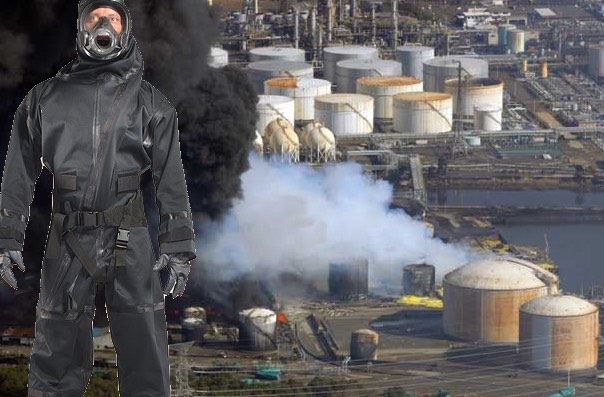
The Significance of Nuclear Radiation Protective Eyewear
Nuclear radiation protective eyewear serves as a vital line of defense for professionals working in environments with potential radiation exposure. The human eye is particularly vulnerable to radiation, and prolonged exposure can lead to serious health issues, including cataracts and damage to the retina. By wearing specialized eyewear, individuals can significantly reduce the risk of radiation-related eye damage.
Design and Functionality
Nuclear radiation protective eyewear is designed with precision and care to provide effective shielding against various types of ionizing radiation. Here are key design elements and functionalities:
-
Lead-Lined Frames: The frames of these eyewear are often crafted from lead or other radiation-absorbing materials. Lead is preferred due to its high density, which allows it to effectively block ionizing radiation.
-
Lead Glass Lenses: The lenses are made from lead glass, which combines optical clarity with radiation-blocking capabilities. These lenses absorb and attenuate harmful radiation while still allowing the wearer to see clearly.
-
Wraparound Design: Many models feature a wraparound design that provides maximum coverage and protection from radiation coming from various angles.
-
Comfort and Fit: Protective eyewear is designed for comfort, with adjustable features to ensure a snug and secure fit. Comfort is crucial, especially for professionals who may need to wear the eyewear for extended periods.
Advantages of Nuclear Radiation Protective Eyewear
-
Effective Protection: The primary advantage of these eyewear is their ability to effectively shield the eyes from ionizing radiation, reducing the risk of radiation-induced eye injuries.
-
Versatility: Nuclear radiation protective eyewear is used in a variety of settings, including medical facilities, nuclear power plants, research laboratories, and industrial sites handling radioactive materials.
-
Safety Compliance: Wearing protective eyewear is often a regulatory requirement in environments where radiation exposure is a concern. Adhering to these regulations ensures the safety of workers and visitors.
-
Diverse Options: With advances in technology, there are various models of eyewear available, catering to different levels of radiation exposure and individual preferences.
Conclusion